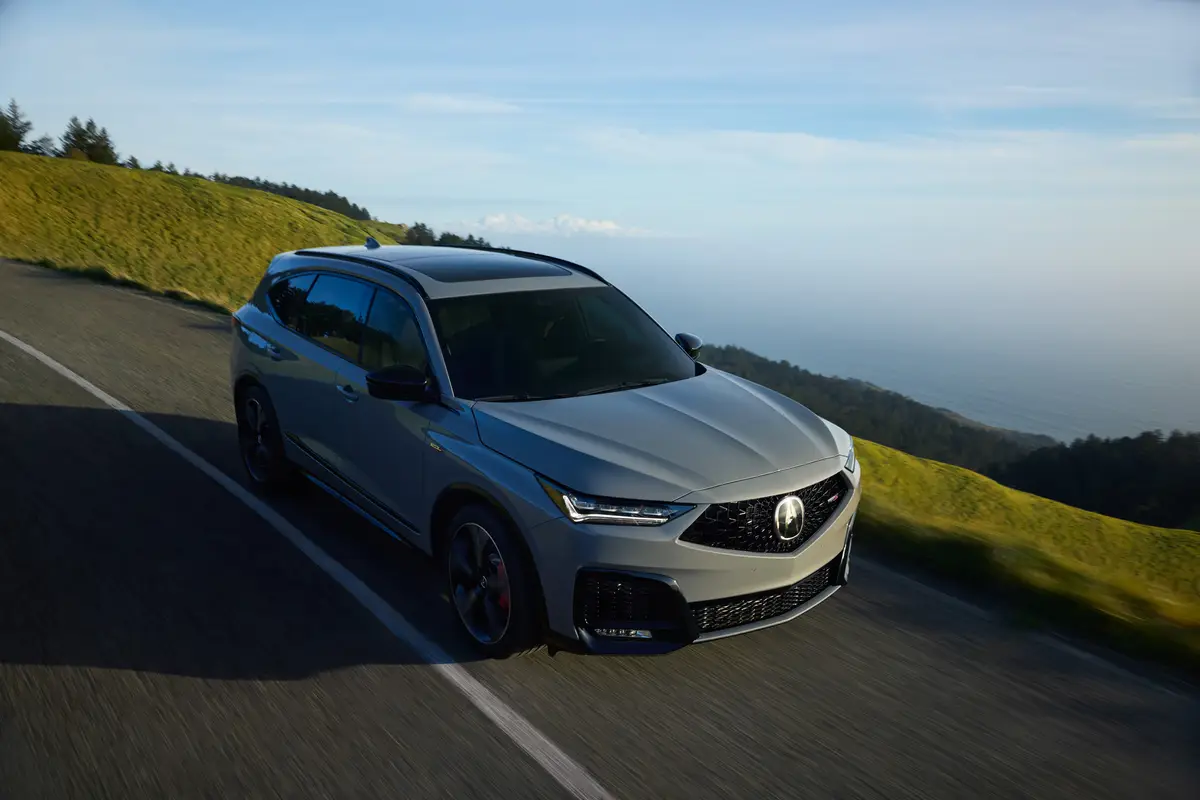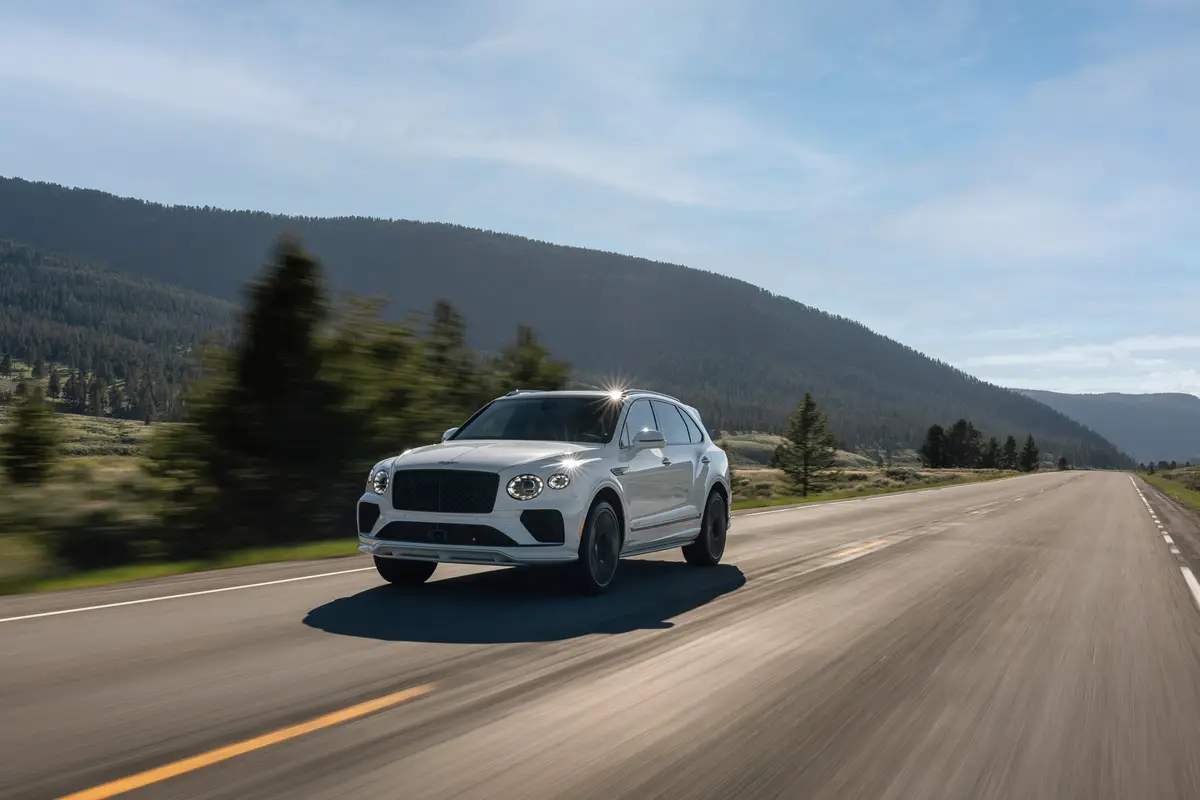The Morning Call and Mcall.com's view
The Nissan 200SX – formerly the Datsun 200SX – offers new styling and a new image for 1984. The 200SX had been a small, personal-type car but now is much more of a sports car and looks very much like a smaller version of Nissan’s all-out sports car, the 300ZX.
There is always a danger of owners’ backlash when a model is radically changed but I doubt if there will be any complaints about the changes in the new 200SX. In fact, the changes will probably attract a bigger field of buyers which is what Nissan had in mind when it redesigned the car.
For example, Nissan places the new 200SX in the small sport coupe segment which is about 10 percent of the total U.S. automobile market. This is a very lucrative market and one of the reasons there are many more small sport coupes available these days. Sales in this category reached 818,000 units in 1983 and are expected to exceed one million units in 1984. Nissan wants the 200SX to get its share of the market; sales of the new model are expected to reach 55,000 compared to 37,000 in 1983.
Expecting more sales and actually getting them are, as the cliche goes, two different things. However, Nissan is now offering two versions of the 200SX – one with a naturally aspirated engine in both hatchback and notchback models and a turbocharged hatchback. The test car (supplied by Rothrock Motor Sales, 15th Street and Route 22) was a non-turbo hatchback that proved to be an attractive-looking, easy-to-take car.
The old 200SX wasn’t bad looking but the new model has many more aerodynamic styling touches. The front-end is features a very small frontal area, retractable headlamps, a narrow strip of a grille and long, narrow parking lights that give the appearance of futuristic headlamps.
Other aerodynamic touches include flush-mounted glass, semi-concealed wipers and front air dam. When everything is added up, the drag coefficient comes to 0.34 which is quite low evenin these days. Nissan points out that the previous model had a drag coefficient of 0.47.
The hatchback has an overall length of 174.4 inches, wheelbase of 95.5 inches, width of 65.4 inches, height of 52.4 inches and curb weight of 2,469 pounds. There’s adequate room up front for driver and passenger. An interesting option on the test car was a six-way driver’s seat that had three pneumatic functions – thigh, lumbar and side support adjustments. With a push of a button a pump attached to small, flexible air chambers changes the amount of support. The two front seats were quite firm, not uncomfortable, but firmer than most people would expect in a Nissan. The rear seat offers limited room and under most circumstances would be best suited for small children or occasional use by adults on very short hauls. The hatchback’s rear seat can be folded down to provide more cargo carrying area.
The 200SX is a front engine/rear drive car that has predictable road manne rs. The front suspension uses MacPherson struts (similar to the units on the previous model) but, according to Nissan, revised geometry provides improved straight-line performance with reduced rolling resistance. The rear has a solid axle and a four-link coil-spring suspension, a somewhat dated system but very effective. One of the novel features of this rear suspension is a fluid-filled lower link which, again according to Nissan, helps damp vibrations and improve ride quietness. The test car had a smooth and quiet ride, so all of this stuff must be working. Power rack and pinion steering is standard. Again, steering is smooth and predictable.
For reasons best known only to Nissan, the rear suspension of the turbocharged version is fully independent and features semi-trailering arms, coil springs and gas-filled shock absorbers. The rear wheels on the turbo model also have a negative camber for improved handling. Another touch on the turbo is an up-to-date our wheel disc brake system. other versions use front disc and rear drum. A car with two different rear suspensions is somewhat unusual but who knows what goes on in those inscrutable designers’ minds.
The 200SX is powered by a 120-cubic-inch (2 liter) four-cylinder, fuel- injected engine rated at 102 horsepower at 5,200 rpm and 116 foot pounds of torque at 3,200 rpm. This engine is reported to be a stronger and lighter redesign of the previous powerplant. A fiberglass-reinforced cog belt drives the overhead camshaft, an application that Nissan says is both lighter and quieter than the enclosed-chain drive of the previous engine.
The test car had a five-speed manual transmission. The optional transmission is a four-speed automatic with overdrive and a locking torque converter.
The engine/transmission combination of the test car provided more than adequate power for all Lehigh Valley driving conditions. Play the transmission right and you will have plenty of power for fast acceleration (very important for getting safely onto busy highways) and quick passing. Also, the fifth gear provides quiet running at highway speeds. The test car also delivered respectable fuel mileage. It averaged 21 miles per gallon for city driving and 30 mpg over the highway. Since the engine has a compression ratio of 8.5:1, regular unleaded gasoline can be used.
The turbo engine is slightly smaller than the normally-aspirated version – 110 cubic inches – but produces more horsepower. It has a rating of 120 horsepower at 5,200 rpm and 134 foot pounds of torque at 3,200 rpm. Turbocharging produces more strain on an engine but Nissan says internal parts have been strengthened to withstand the extra loads. The turbocharger has water-cooled bearings for improved heat stability and longer bearing life. Here’s something to keep in mind if you are trying to decide between the normally-aspirated engine and the turbocharged version – the turbo produces 18 more horses and 18 more foot pounds of torque, however, the turbo 200SX weighs some 200 pounds more than the hatchback XE model. Give it some thought.
Base price for the Deluxe Hatchback is $8,699. Standard equipment includes AM-FM electronic radio, power steering, tilt steering column with memory, power brakes and bodyside moldings. The test car had lots of extras and a bottom line of $12,034 (which includes a destination charge of $195). Options were air conditioning, $640; digital package glass, alloy wheels, pop-up sun roof – $1,200, and XE package – cruise control, dual electric mirrors, vocalized warning system, XE interior trim, variable intermittent wipers, power windows and interior lighting group – $1,300.
Latest news



